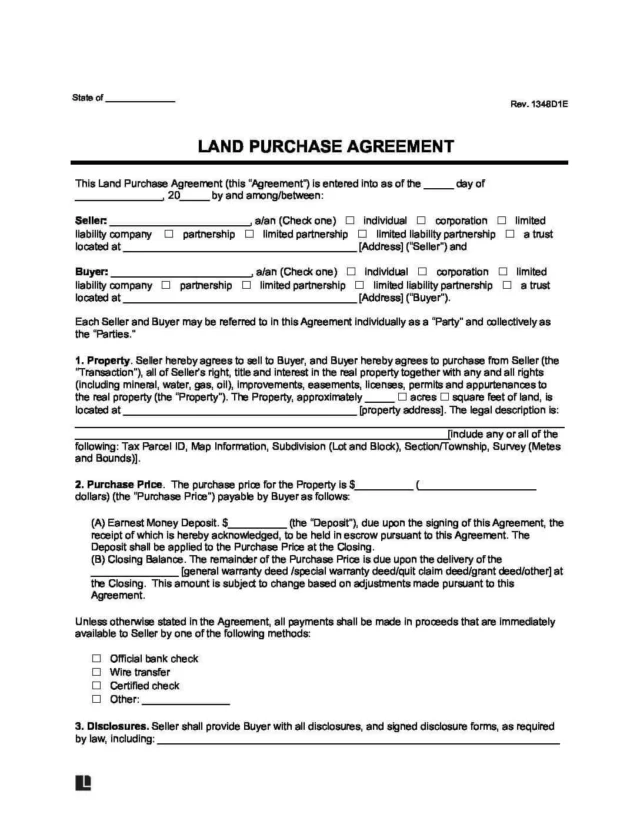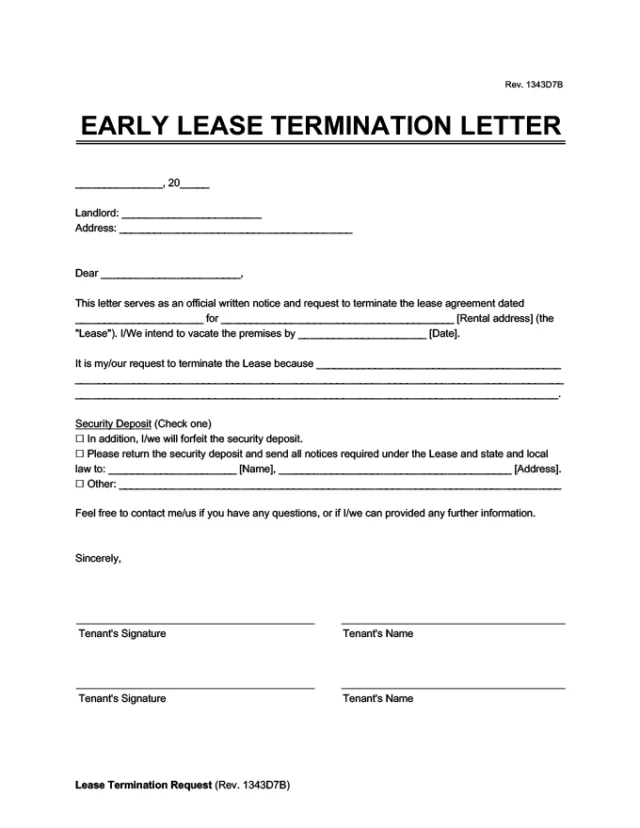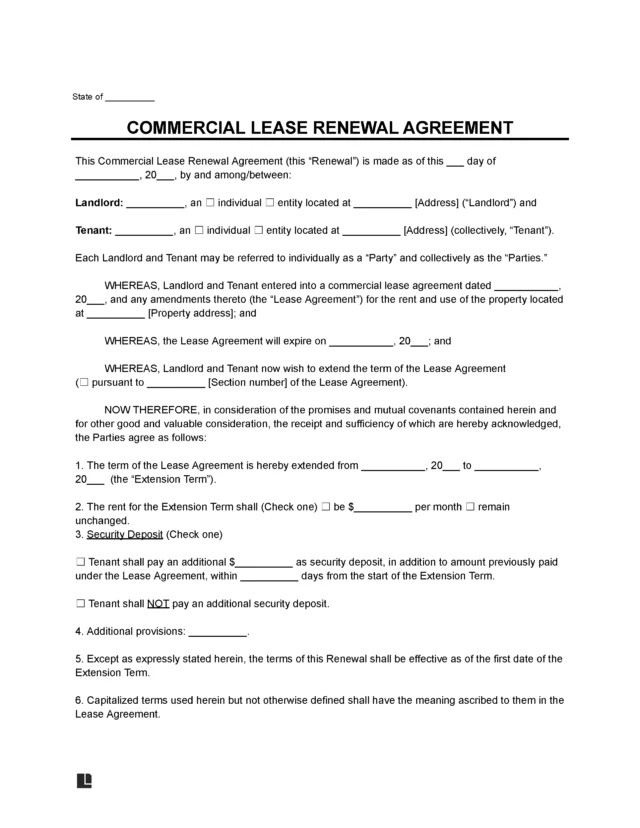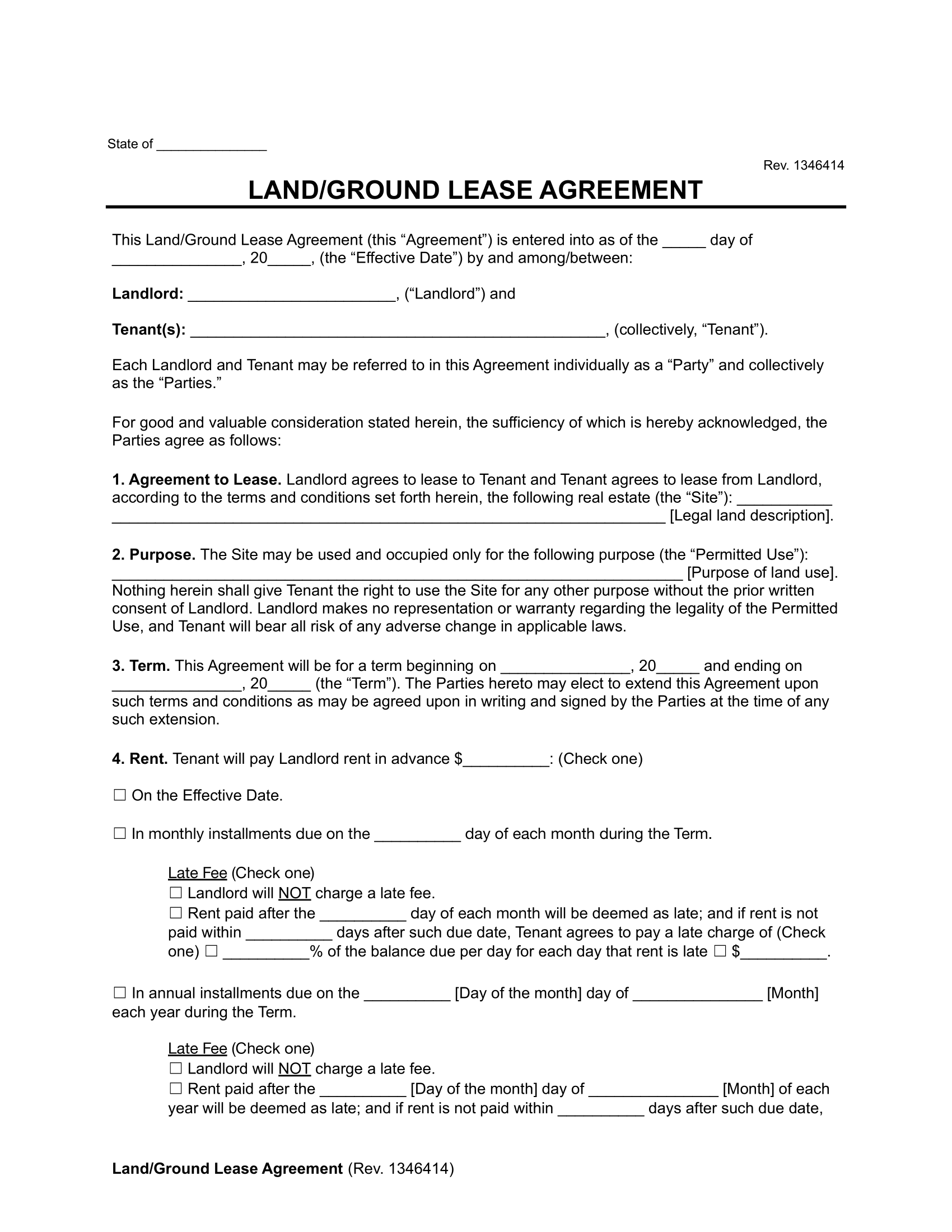What Is a Land Lease Agreement?
A land lease agreement lets someone rent land for a set period while the landowner keeps ownership. People often use them for housing, farming, or small businesses when buying land isn’t practical. These agreements typically outline details such as:
- How long the lease will last
- How much rent will be paid and when
- What the land can be used for
- Who handles upkeep and maintenance
- Insurance expectations
- How and when the lease can end
In many cases, the tenant owns the home or building on the land, but not the land itself. That setup keeps costs lower and provides a way forward without having to buy property outright.
Benefits of a Land Lease
- You can live or build in a great location without buying the land.
- Long lease terms, often 50 to 99 years, give stability and steady income.
- Building a home usually costs less upfront.
- Both sides might get some tax breaks.
- Some leases include extras like pools, gyms, and landscaping.
Drawbacks to Consider
- The landowner might keep any buildings or upgrades when the lease ends.
- You could face extra costs like rent, homeowners’ association (HOA) fees, or park charges.
- You have less control than you would if you owned the land.
- Rent could go up over time.
- Selling or moving can be tougher.
- Over the long run, renting might end up costing more than buying.
Types of Land Lease Agreements
Leasing land to run a shop isn’t the same as using it for crops or a mobile home. Commercial leases suit businesses, while residential and agricultural agreements cover other needs. Here’s a quick breakdown of the main types and how they work.
| Type of Lease | Primary Use or Purpose | Typical Lease Length | Key Considerations |
|---|---|---|---|
| Ground Lease | - Rent the land - You own the building - You cover all costs (taxes, insurance, upkeep) | 50 to 99 years | - Land and building return to owner when lease ends - Rent may increase - Landlord approval often needed for major changes |
| Agricultural Lease | - Farming, livestock, orchards - Sometimes solar projects - Must start within 1 year of signing | Up to 10 years, or 25 with major improvements | - No auto-renewals allowed - Capped at 2 years if inheritance issues exist |
| Residential Land Lease | - Live on land (typically with mobile/manufactured home) | Often month-to-month or short-term | - Rent may increase - Eviction is possible - Moving home costs $5K–$15K - Fewer protections unless state laws apply - Loans often need a one-year renewable lease |
| Commercial Land Lease | - Set up a business without buying land - May use or build on-site structures | Anywhere from 5 to 20 years or more, depending on the deal | - Lease terms vary based on project - Zoning laws may limit use |
Large companies rely on land leases to stay flexible and reduce upfront costs. For instance, Macy’s signed a $1 billion, 99-year ground lease in Flushing, NY, which gave the retailer long-term space without purchasing the land.
Can You Write Your Own Land Lease Agreement?
You can write your own land lease agreement. As long as it meets your state’s legal requirements, it’s valid. In many states, if the lease lasts more than a year, it must be in writing due to what’s commonly known as the Statute of Frauds.
That said, each state may have its own specific rules. Some require notarization for longer leases or have different standards for enforceability. Always check your state’s regulations before finalizing the agreement.
How to Write a Land Lease Agreement
A land lease isn’t something you want to rush. Getting the details right protects both sides and helps avoid expensive surprises later. Here’s how to write one that covers all the essentials.
1. Define What Each Side Wants
Start by deciding what you want out of the lease. Do you prefer monthly rent, annual payments, or a lump sum up front? Will you handle the property taxes, or pass them to the tenant? Will you require a security deposit?
Then talk through the tenant’s plans. They should know their budget, how they’ll use the land, and what setup costs they’ll face. If there’s more than one tenant, list each name in the lease. When both sides understand each other’s goals, writing the lease gets easier.
Lease vs. Rent
Make sure you’re clear on the differences between leasing and renting before you draft anything. It can change the terms, how long the agreement lasts, and what rights each side has.
3. List the Land Details
Include all the key information about the property. Write down the:
- Full address of the land
- Legal description (from the deed or property records)
- Total acreage
- Boundary lines
- Easements
- Access roads
- Available utilities
If you plan to register the land lease agreement with the county or land office, state that in the agreement.
4. Check Zoning and Permits
Make sure the tenant’s plans follow local zoning rules. Some uses are restricted, depending on the area. If they want to build, farm, or run a business, they might need permits. Go over what’s allowed and what approvals they need before they get started.
5. Clarify How the Tenant Can Use the Land
Be clear about what the tenant can do on the land. They might use it for farming, storage, retail, or renewable energy. If there are limits, state those too. For example, you may allow a produce stand but not permanent buildings. If signage is involved, like for a business, decide whether the tenant can put up signs and include that in the lease.
6. Set the Lease Term and Rent Structure
Choose a clear lease period with defined start and end dates. Decide if it will be short-term or long-term. Then, outline how rent will be paid. Common payment options include:
- Flat monthly rent
- Annual payments
- One-time upfront payment
- Percentage of income (for commercial use)
If you’re including extras, write them in:
- Option to renew the lease
- Right of first refusal
- Option to buy the land later
How McDonald's Uses Leases
McDonald’s didn’t just grow by flipping burgers. It built its empire by leasing land to franchisees and collecting rent. As former CFO Harry Sonneborn put it, “We are not technically in the food business. We are in the real estate business.” That lease model gave McDonald’s steady income and control, which still works in many commercial deals today.
7. Assign Costs Clearly
Make it clear who’s paying for what. List who will cover:
- Property taxes
- General liability insurance
- Worker’s compensation insurance
- Automobile insurance (if vehicles are used)
- Utilities
- Fence repair, pest control, and drainage
- Permit fees and legal compliance
Write it all into the land lease agreement so both sides know exactly what they’re responsible for. You can also include any other required types of insurance, depending on how the land is used.
8. Add Improvement Rules
Set rules for any buildings or changes the tenant wants to make. Say if improvements are allowed, and require written approval before work begins.
Also, explain who owns the improvements when the lease ends. For example, if the tenant builds a greenhouse, the lease should say whether they need to remove it or leave it.
If the tenant wants to finance their leasehold interest, you’ll also need to decide whether to allow leasehold mortgages or subordinated leases, and write that in clearly.
9. Control Subleasing and Access
Decide if subleasing is allowed. If it is, the tenant should get your written consent before bringing anyone else in. Set clear terms for when and how you can access the land, for inspections, maintenance, or other reasons. This gives you peace of mind and keeps things transparent.
10. Include Exit and Restoration Terms
Say when the lease can end early, like for non-payment, damage, or misuse. Set a notice period for early termination and for the natural end of the lease.
Before the tenant leaves, explain what they need to do. They may need to remove structures, clean up, and restore the land to its original condition.
11. Add Dispute Terms and Legal Steps
Decide how you’ll handle disputes, such as mediation, arbitration, or going through the local court system, and include that process in the lease.
If the lease runs long-term, you may also want to record it with the local land office for added legal protection. Some states require notarization, so if that applies, make sure both parties sign in front of a notary.
12. Sign and Store Copies
Once the terms of the land lease agreement are finalized, both parties should sign and date the agreement. If there’s more than one tenant, each should sign. Give everyone a copy and store them safely. This protects both parties if any disputes or questions come up later.
You can lease land on Native American reservations, but the process isn’t always the same as a typical land lease. Some agreements need approval from Tribal leaders or the Bureau of Indian Affairs (BIA). It’s a good idea to check with the local Tribal or BIA realty office before moving ahead.
Sample Land Lease Agreement
Take a look at the sample below to see what a land lease agreement can include. When you’re ready to create your own, you can download our free template in Word or PDF.







